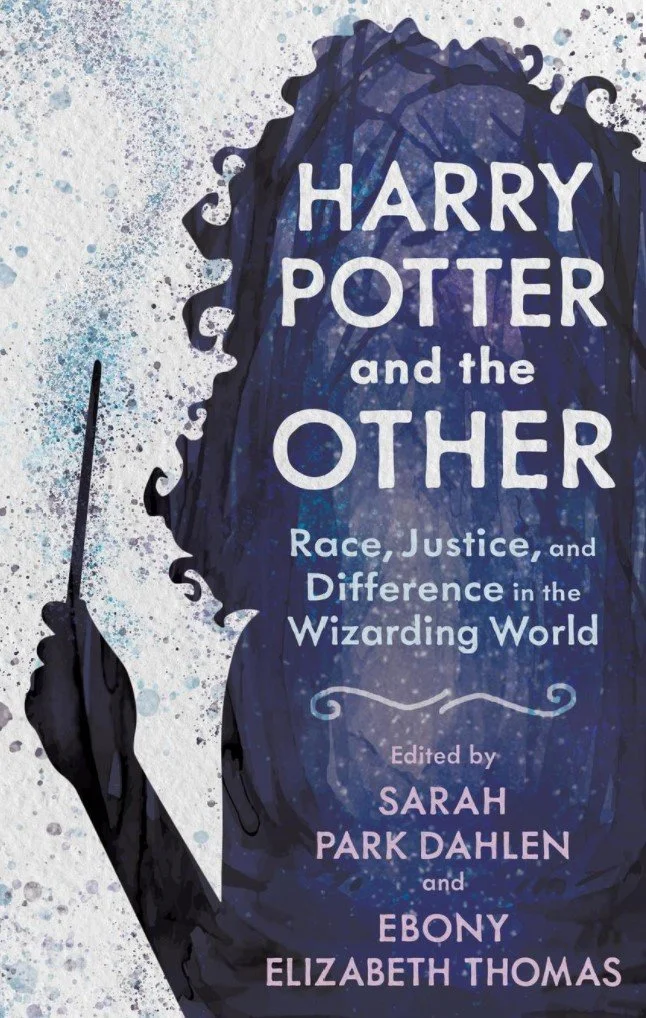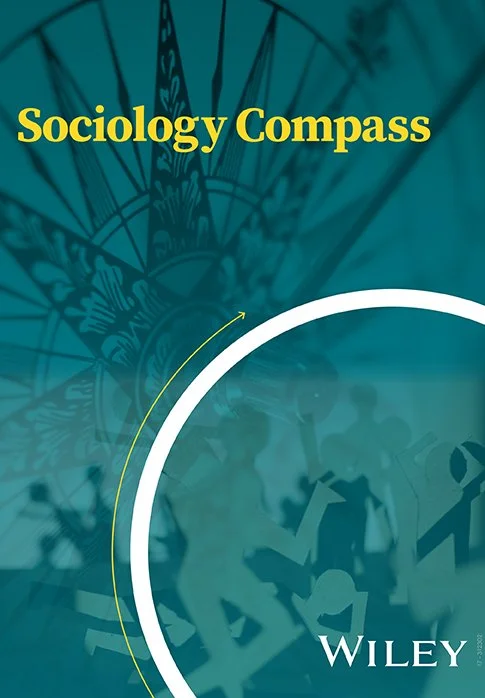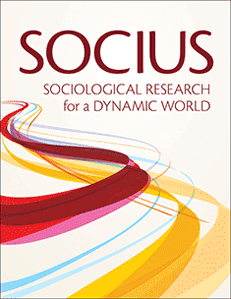In Progress | Queer Metropolis: LGBT+ Placemaking in Mexico City
My dissertation-to-book project investigates the relationship between urban change and LGBT+ placemaking in Mexico City, emphasizing COVID-19 as a catalyst to understand the environmental, economic, and socio-political consequences of disaster on LGBT+ place projects. I also explore how LGBT+ people “queer” Mexico City’s dominant cartographies by creating their own dynamic city geographies. Queer Metropolis paints a vivid portrait of LGBT+ placemaking, marshaling ethnography, oral history interviews, archival materials, social media content analysis, and an original survey distributed in May 2020 to LGBT+ Mexico City residents.
One of my main contributions is a dynamic, relational theory of action through placemaking that I call creative destiny. Creative destiny is the process of people called by their specific spatial, temporal, and embodied relationships to respond to dynamic needs by creating material and symbolic places. This is a shared process that shapes a community’s political, cultural, and/or economic ecosystem. A social-ethical tension between action around a central figure or vision and action around mutual participation and growth shapes the creative destiny of the groups and organizations that I study. The interplay between this tension and adaptations to COVID-19 leads to a diverse array of organizational politics and outcomes.
Click on the image for access
Book Review | Gayfriendly: Acceptance and Control of Homosexuality in New York and Paris
In Gayfriendly: Acceptance and Control of Homosexuality in New York and Paris, Sylvie Tissot positions herself cautiously against linear progress narratives to take on gayfriendliness as a contingent process and to map out, spatially and relationally, its boundaries. Through interviews and ethnographic fieldwork conducted in the Park Slope and Marais neighborhoods of New York and Paris, respectively, Tissot joins scholars examining the dominant rather than the dominated. She demonstrates how the increased banality of gays and lesbians creates the conditions for cis-straight people in these neighborhoods to simultaneously accept and distance themselves from homosexuality through various strategies that reinscribe their heterosexuality and limit LGBTQ+ expression.
Click on the image to buy the book
Book Chapter | The Magical (Racial) Contract: Understanding the Wizarding World through Whiteness
Abstract: Race is foundational to J.K. Rowling’s Harry Potter series. I argue that we can understand the structural context of race in our world and the Wizarding world philosophically by drawing on Charles Mills’s The Racial Contract (1997) to illuminate what I call the Magical Contract. I use Mills’s philosophical scaffolding to demonstrate the logic behind the magical racial order where Wizards—like White people—sit atop a racial hierarchy with other magical beings—like non-White people—positioned below them. I deploy additional scholarship to argue that 1) human mixing across blood status (pure, half, Muggle) approximates the historical and sociological process of immigrant assimilation into Whiteness rather than interracial acceptance, and that 2) true miscegenation—reproduction between humans and non-humans—is exceptional and largely repudiated. I provide a heuristic aided by concepts and examples from legal studies, sociology of migration, political science, and history to understand the wizarding world.
Note: For a personal copy of my chapter to only read and not distribute, click here
Click on the image for access
NOTE: Ask me for a PDF copy if you run into a paywall.
Article | Toward a sociology of global comparative placemaking
Abstract: I call for a globally informed sociology of comparative placemaking that integrates historical and contemporary processes and includes the ephemeral, institutional, and personal. By placemaking, I am referring to the explicit or tacit cooperation among people to create, maintain, and give meaning to places in space through bodily occupation given differential resources and constraints. I review select place, space, and community-based literature about urban, Black, migrant, LGBTQ, and international populations to think about how we can build upon and integrate multiple theoretical, methodological, and epistemological insights to form an explicit placemaking research agenda. A US focus on neighborhoods contrasts with a comparative examination of global urban networks, social polarization, and transformation of the built environment in the interdisciplinary field of global urban studies. I argue for a research agenda that bridges insight from US Urban Sociology with Global Urban Studies to consider how various structures and actors constrain and facilitate place projects. With a globally reaching and comparatively informed sociology of placemaking, we can illuminate our multi-structured story of place and agency in context. We can answer questions about how and why we co-create and are simultaneously disciplined by the process of creation.
Click on the image for access
NOTE: Ask me for a PDF copy if you run into a paywall.
Article | Queer Integrative Marginalization: LGBTQ student integration strategies at an elite university
Abstract: I draw on the oral histories of 44 LGBTQ Princeton alumni who graduated from 1960 to 2011 to examine student strategies for negotiating marginal identities when integrating into an elite university. Even with greater LGBTQ visibility and resources at the institutional level, LGBTQ students’ experiences and strategies suggest that we question the larger social narrative of linear progress. Across time, students navigate space by highlighting difference to belong as queer students in explicitly LGBTQ circles or muting difference to belong as token queer students in heteronormative circles. Integration of an LGBTQ person does not necessarily mean incorporation of an LGBTQ identity and vice versa. These strategies are largely contingent upon students’ social positions: intersectional identities, structural location, and available models. Student strategies are structurally tempered by queer integrative marginalization: the process of select predominantly elite LGBTQ people’s achieving special status among the heteronormative mainstream.





